
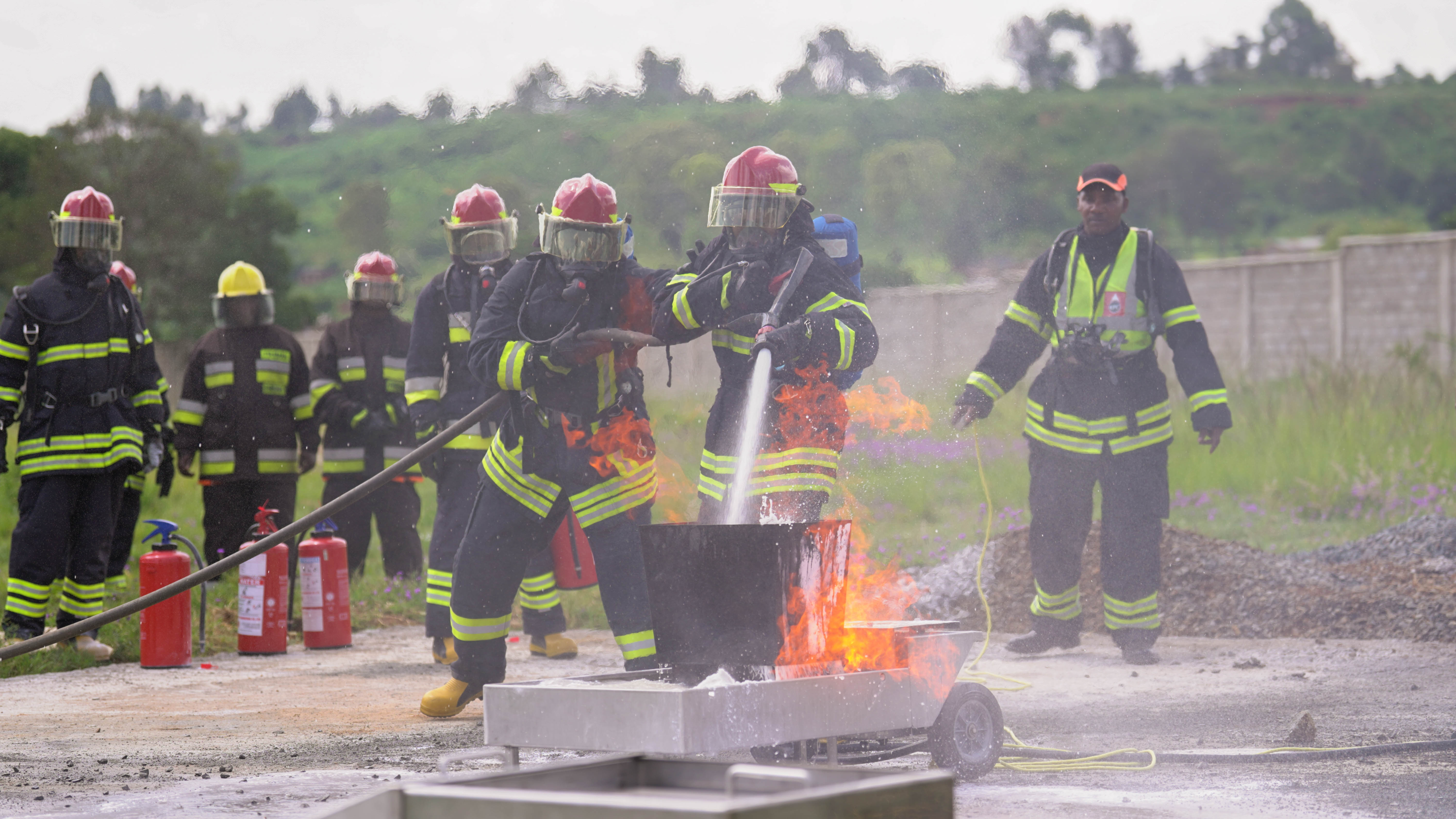
In a sector where safety is paramount, Kenya Pipeline Company (KPC) has embraced technology and innovation to enhance worker protection and emergency response.
Today, KPC stands as a leading example of how digitalisation and Artificial Intelligence (AI) are reshaping occupational safety, with investments ranging from modern leak detection systems to state-of-the-art fire training facilities.
At the heart of KPC's safety revolution is the Morendat Institute of Oil and Gas (MIOG) in Eldoret. Here, the company has invested heavily in cutting-edge fire and safety training technology to prepare its workforce for the hazards associated with oil and gas transportation. Unlike traditional theory-based training, MIOG offers hands-on simulations of real-world emergencies, adhering to American National Fire Protection Association standards.
Trainer Nathan Mwakio, a fire safety expert with nearly four decades of experience, reflected on KPC's progress.
"At both national and county levels, building owners are responsible for installing extinguishers and hydrants on each floor," he said.
Mwakio helped develop MIOG's first firefighting curriculum tailored specifically for oil pipeline emergencies. "You must make people believe in their strength because that belief can save lives," he said.
Beyond tactics, leadership and communication are central to effective emergency response, he said.
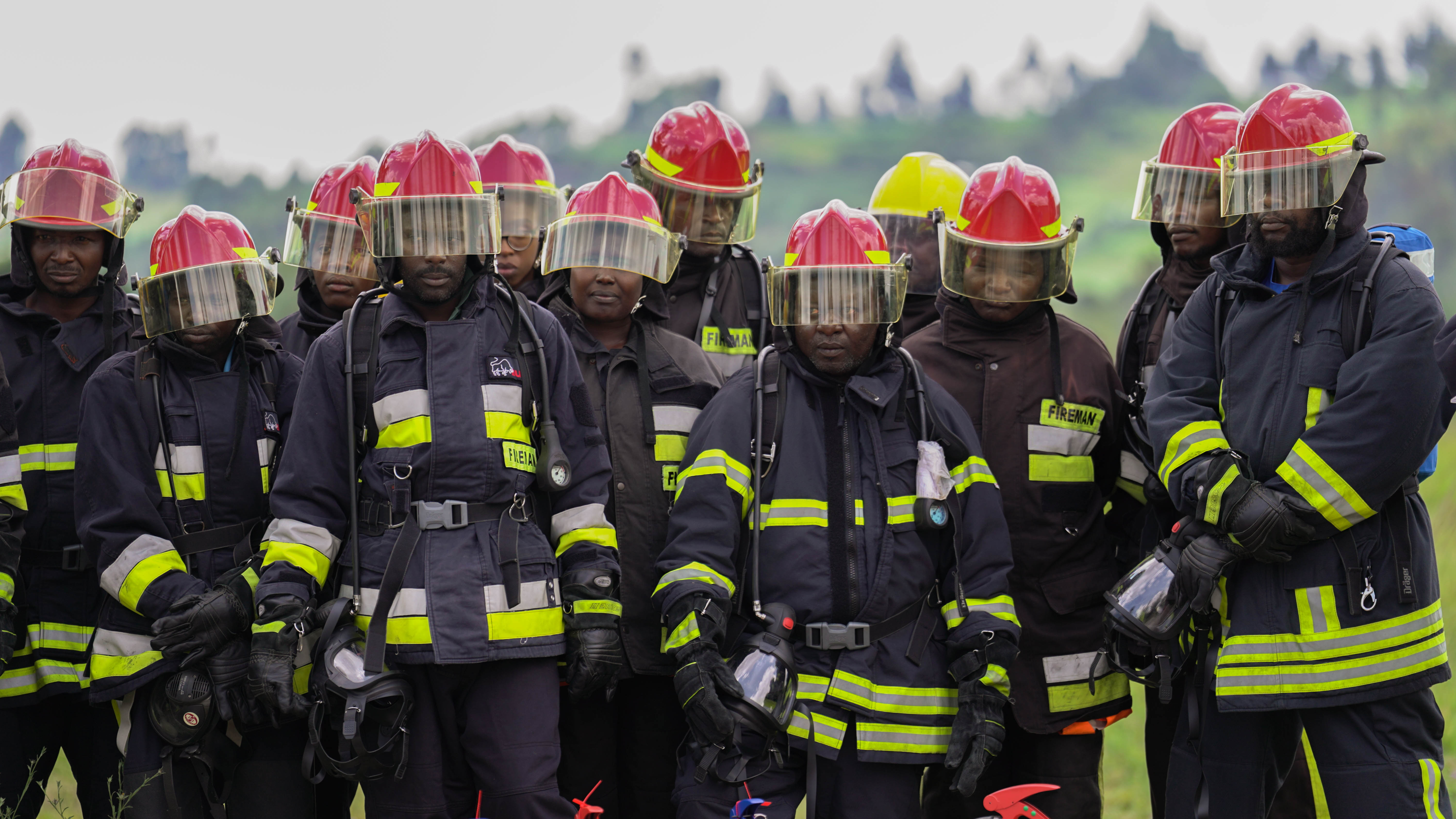
"Despite the intense nature of firefighting training, the Centre employs an environmentally friendly approach that ensures minimal impact on the surroundings," Mwakio said.
The on-site breathing apparatus filling station ensures that teams are always prepared to respond, enhancing safety and efficiency during training exercises.
MIOG’s curriculum covers basic firefighting, fire marshal training, workplace safety, occupational health, first aid, occupational health and safety committees, disaster preparedness, incident command systems and domestic fire and safety awareness.
It also covers the National Examination Board in Occupational Safety and Health (Nebosh) International General Certificate, a UK-issued qualification.
Morendat's emphasis on disaster command protocols enables firefighters to effectively control scenes, minimising harm to bystanders and safeguarding emergency support providers.
Regular refresher sessions and strict adherence to Nebosh standards position the institute among East Africa's elite safety training centres.
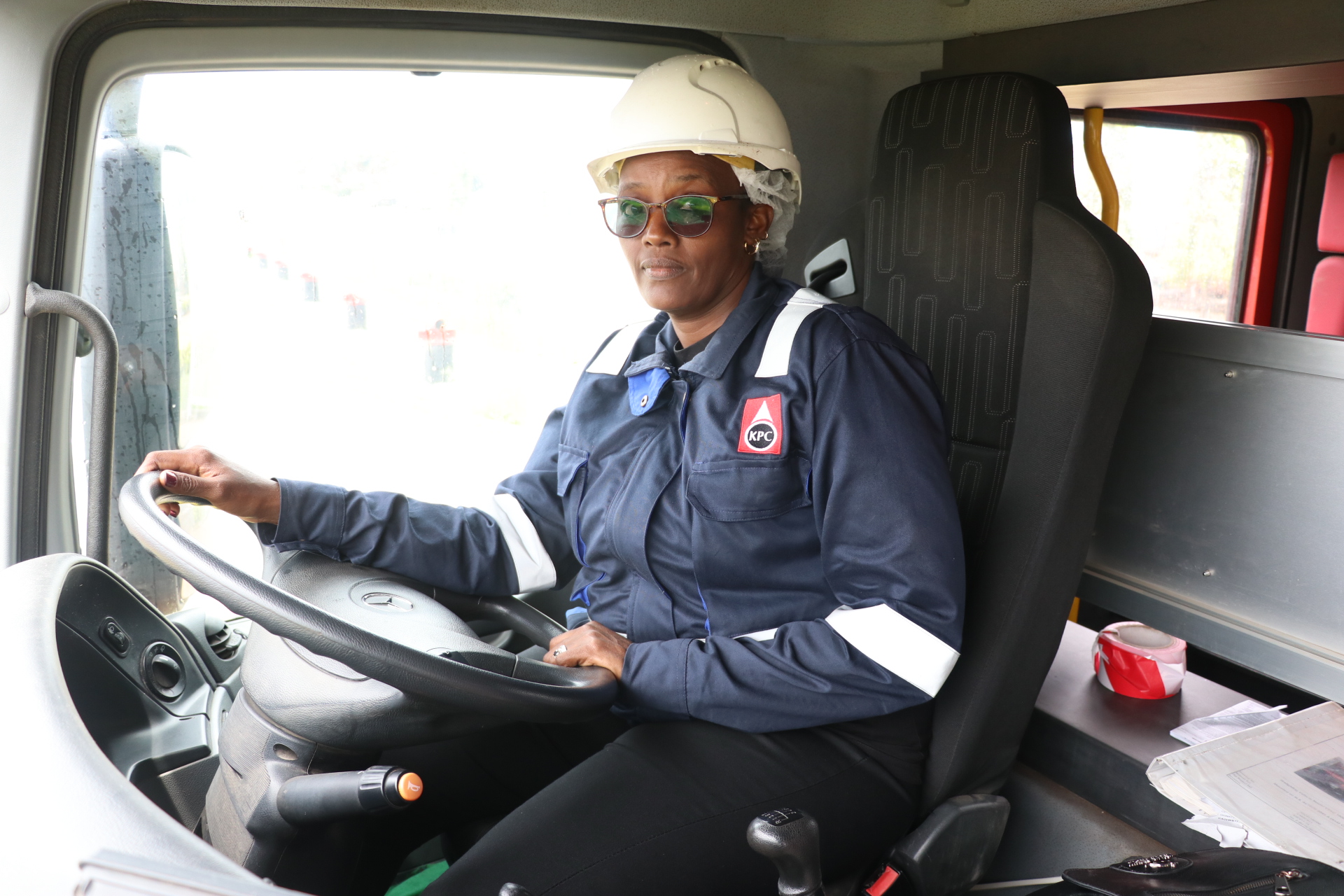
"Understanding the fire triangle, equipment handling and self-contained breathing apparatus (SCBA) use are the foundations,” Mwakio said.
“But equally important is teaching how to stay calm, communicate and lead under pressure."
EMERGENCY RESPONSE TESTIMONIES
Firefighter Ben Cliff Alogo, who joined KPC in 1994, has witnessed the company's remarkable transformation firsthand.
"When I first came to KPC, technology was just catching up then," he said. "We only had one fire Land Rover, which was about 15 years old."
Today, KPC boasts full multimedia fire trucks capable of transporting foam, water, equipment and personnel to emergency sites.
"The mechatronics allow us to send a vehicle to a site that would otherwise be too dangerous for personnel," Alogo said.
Preparedness during emergencies is of the utmost importance.
"The first thing that will happen when you get to an emergency site is securing the area. If there are any injuries, your immediate priority is to preserve life,” he said.
“We receive details about what has happened, where it has happened and who or what is involved. That way, when we deploy, we know exactly what we’re deploying. You do not want to deploy resources based on an assumption."

About 55 per cent of KPC's personnel are trained responders. "Before we respond, we ensure our emergency teams are site-specific," Alogo said.
"In an emergency, having a structured response ensures not just the safety of the personnel but also minimises damage to property and the environment."
Josephine Dokhole, a firefighter stationed at Jomo Kenyatta International Airport (JKIA), shared her experience overcoming gender stereotypes.
"As a woman firefighter, there are times I instruct my team to respond to an emergency, but they hesitate, questioning whether I’m capable," she said. "I can equally do the tasks that any fireman can do."
Dokhole counts her successes through the emergencies she has helped manage. "I have responded to at least five emergencies. That is a success to me because of the people I'm working with," she recalled.
In the spirit of constant readiness, her team always has trained responders on standby. "We also have our fire alarm system. In case of anything, maybe a spillage or smoke, the fire alarm will go off, and people will respond, knowing exactly where the fire is located," she said.
Through continuous training and emergency drills, the team at JKIA is well equipped to manage not only aircraft emergencies but also oil spillage and fire incidents within the depot vicinity.
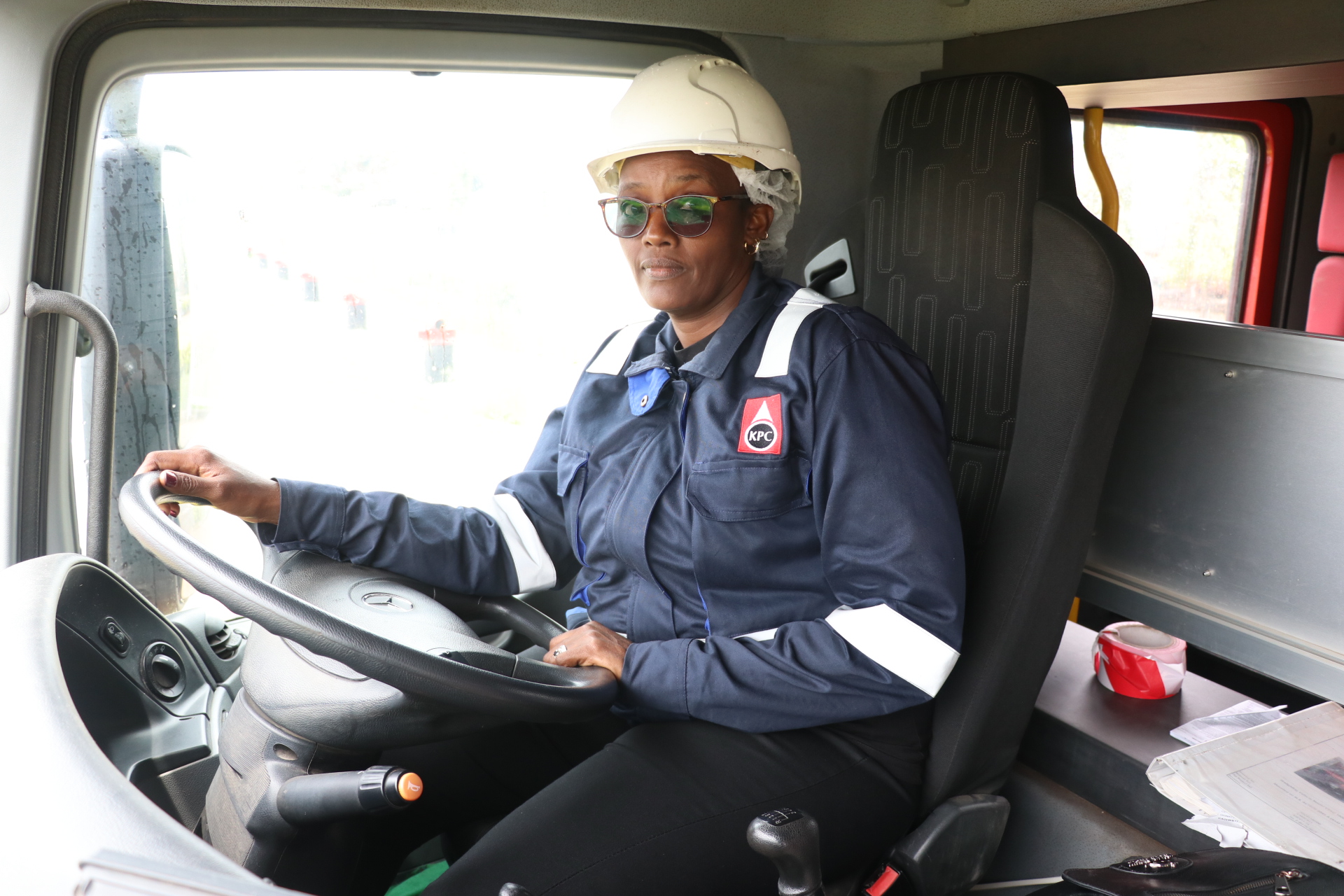
MANAGING WITH TECH
Beyond firefighting techniques, KPC boasts a comprehensive Health, Safety, and Environment (HSE) management system.
"For employees, this is mandatory and includes statutory training for various categories of staff, such as first aid responders and firefighters," KPC safety, health, and environment manager Carol Kiplagat said.
"From our mission, vision, and core values, safety and environmental care are clearly spelled out."
Awareness sessions, safety weeks, and refresher courses for fire marshals, first aiders and HSE committee members are held regularly.
KPC’s proactive measures include hazard operability studies during project design, internal and external audits and community engagement initiatives to educate the public about pipeline safety.
"We conduct both internal and external audits to ensure compliance and enhance emergency preparedness," Kiplagat said.
The company integrates preventive, corrective and remotely reactive measures. Fire detection, prevention and control systems are embedded in both fixed and portable units, while leak detection and containment devices protect the environment.
"Each employee is held responsible and accountable for their own health, safety performance and that of colleagues," Kiplagat said.
Moreover, new projects undergo Environmental and Social Impact Assessments to align with international safety and environmental standards. KPC has also planted more than 1.3 million trees since 2017 to offset carbon emissions linked to its operations.
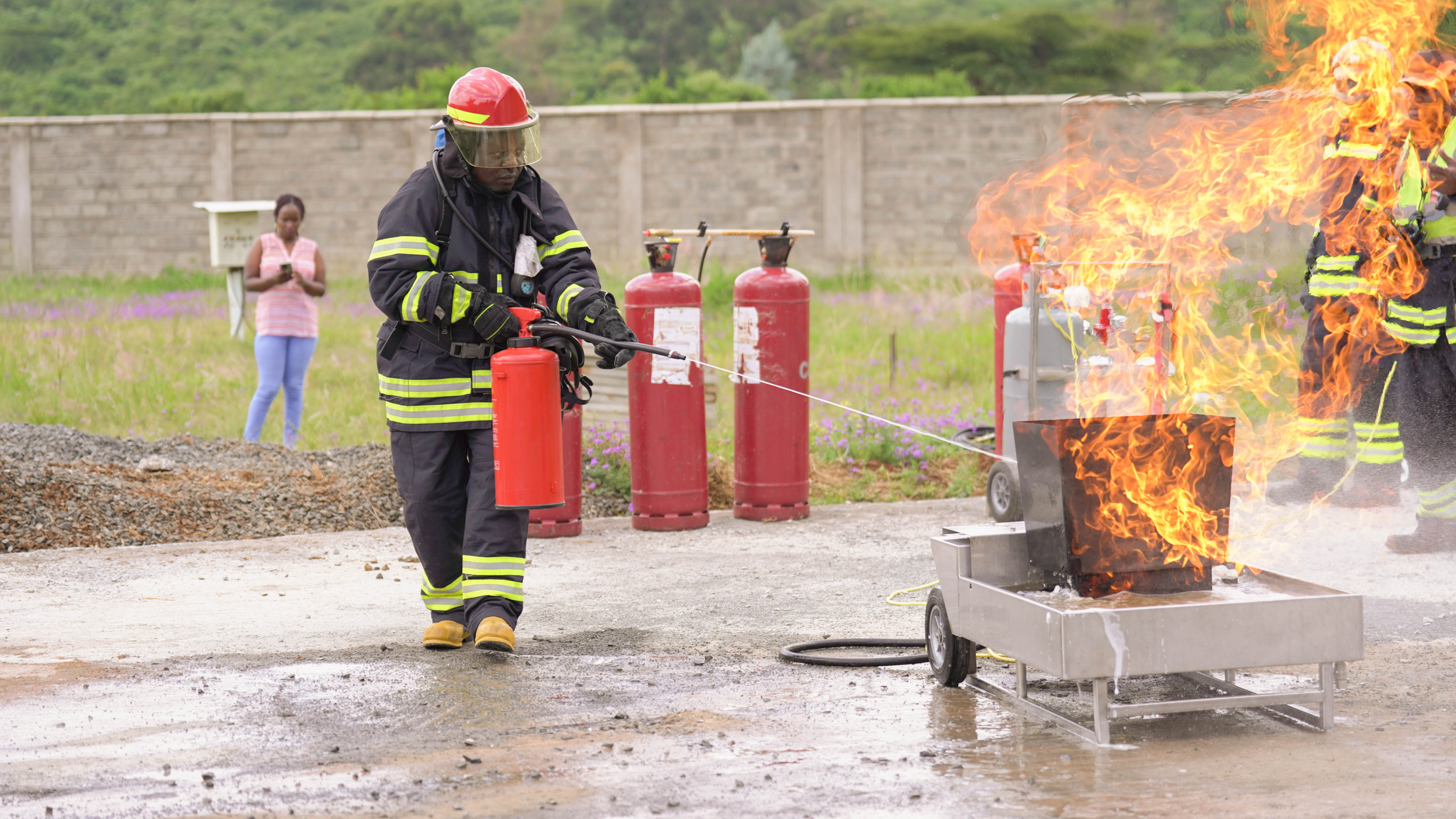
Recent technological investments by KPC include a sophisticated Leak Detection System, Supervisory Control and Data Acquisition (Scada) systems for real-time monitoring, and automated fire detection and suppression systems.
"Recently, we installed a new leak detection system that provides instant alerts on any leaks on the line, allowing us to respond quickly," Kiplagat said.
Scada systems monitor pipeline pressure, temperature and flow, while the Safety Observation and Corrective Action (Soca) platform allows real-time reporting of unsafe conditions.
KPC embraces solar energy, Variable Frequency Drives for energy efficiency and dome roofs on spirit tanks to reduce emissions. "These initiatives align with climate change mitigation efforts," Kiplagat said.
Near-misses and hazards can be reported through the Soca portal, immediately escalating concerns. "While the app is currently internal, expansion plans are underway," she said.
KPC also maintains a 24-hour emergency hotline (0800 720 198) for public use, reinforcing the company's commitment to transparency and community engagement.
Additionally, KPC's equipment selection emphasises safety compliance with international standards, ensuring that every installation, from valves to control panels, meets stringent operational requirements.
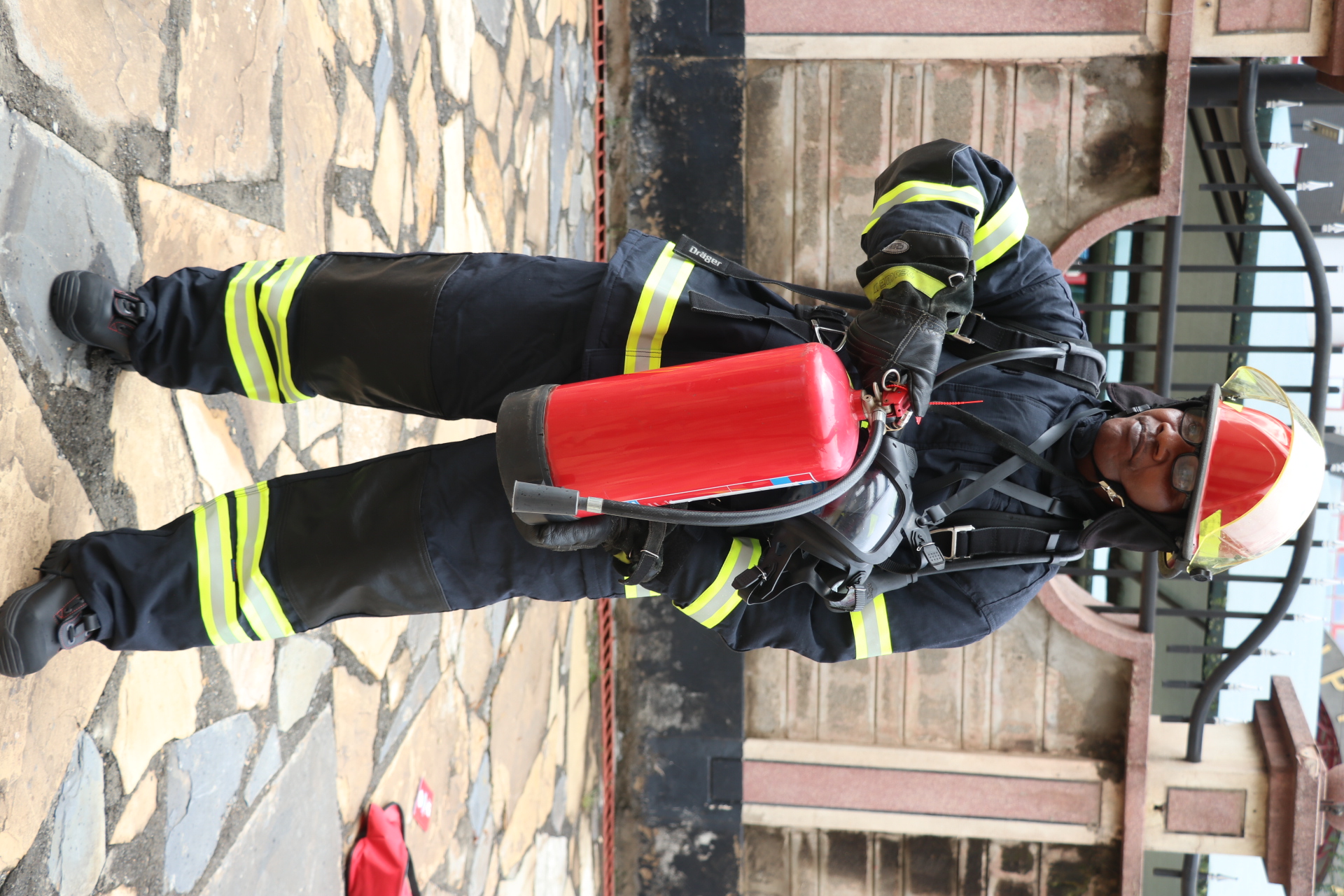
COMMUNITY ENGAGEMENT
Following the Embakasi LPG tragedy, KPC collaborated with the Kenya Red Cross Society to enhance fire safety awareness through public demonstrations, school outreach and training sessions for domestic workers.
"We gave a cheque of Sh500,000 to support the victims," Kiplagat said. "We partnered with Kenya Red Cross to go to the affected area, where we did a domestic worker training."
KPC is also a member of the Oil Spill Mutual Aid Group, the Petroleum Institute of East Africa and the Nairobi Depot Safety and Security Committee.
The company participates in joint emergency drills, resource mobilisation and safety leadership forums.
Community training covers pipeline safety, dangers of encroachment, emergency reporting protocols and basic first aid. "We are keen to make an impact in the areas the pipeline traverses," Kiplagat said.
Electrician Bernhard Mandu, who has served KPC for more than 18 years, underscored the company's unwavering safety culture.
"Being a trained firefighter as well as fire engine operator, KPC has put safety first on the forefront as a culture. This entails protecting life, property and environment," he said.
Maintaining uninterrupted power supply within KPC operations is imperative.
"Ensuring uninterrupted power supply encourages no disturbances in fuel transport within the company network and the country," Mandu said.
Safety culture is encouraged, with KPC providing personal protective equipment, preparing for emergencies, conducting regular drills, implementing comprehensive safety training and rewarding safe behaviour.
Mandu also shared his experiences responding to notable incidents, including the 2011 Sinai fire and major industrial fires in Nairobi, where his firefighting skills, honed at KPC, played a crucial role.
Ultimately, in a high-stakes environment, where more than 1,700km of pipeline power industries across Kenya, KPC has proven that safety is not just a protocol but an organisational value.
Through its investments in digitalisation, AI, training and community engagement, KPC sets the gold standard for occupational health and safety in the energy sector.

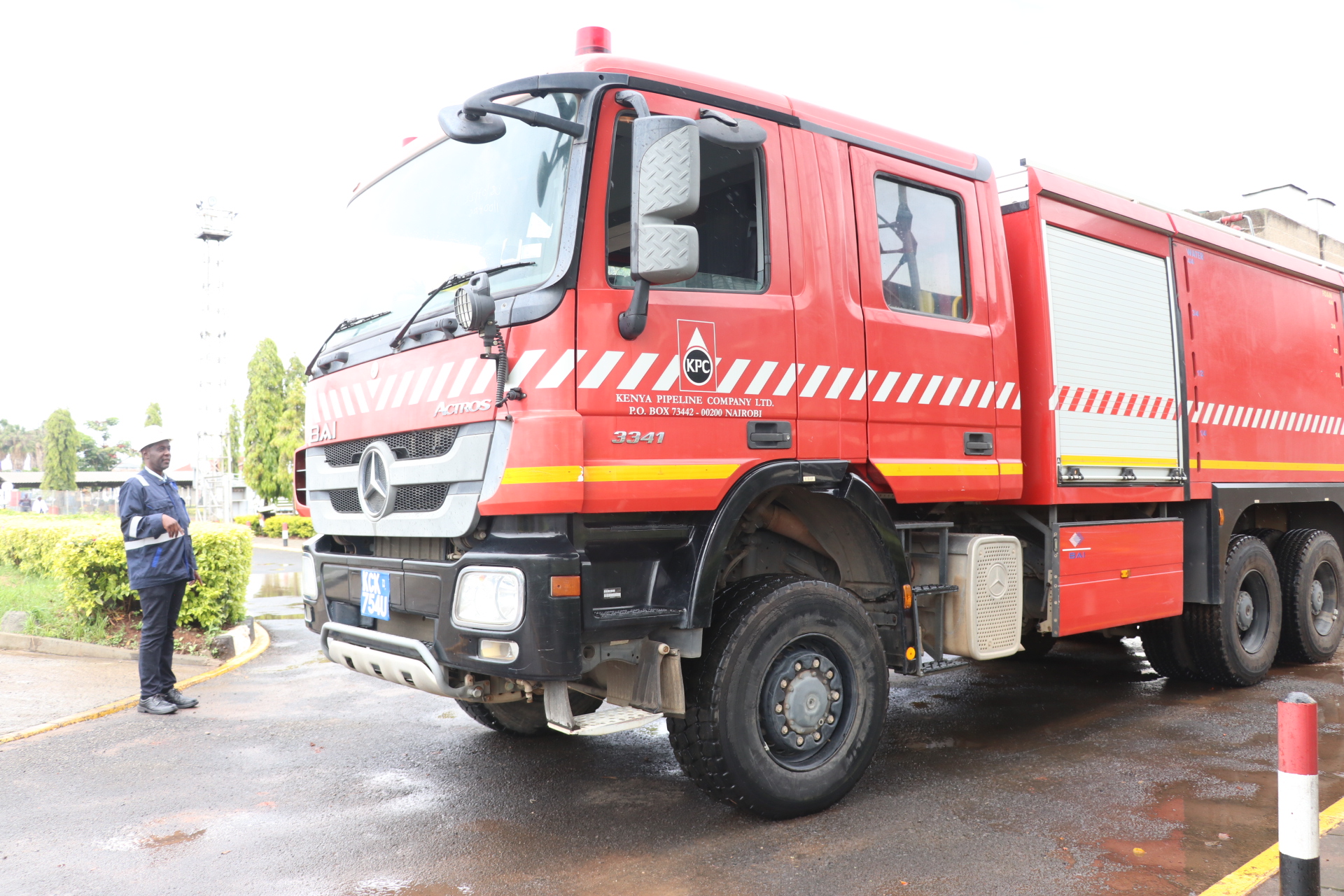







![[PHOTOS] Gachagua warm reception in Nyandarua](/_next/image?url=https%3A%2F%2Fcdn.radioafrica.digital%2Fimage%2F2025%2F04%2Fc2a8c64d-5577-4768-a0ac-513c8876c288.jpeg&w=3840&q=100)


